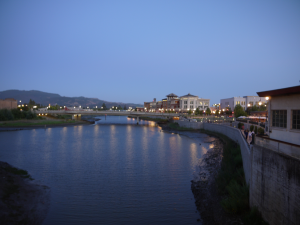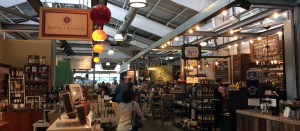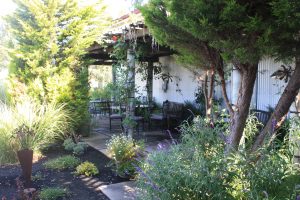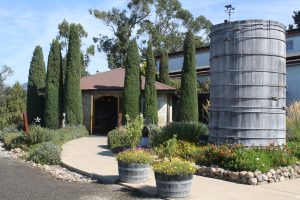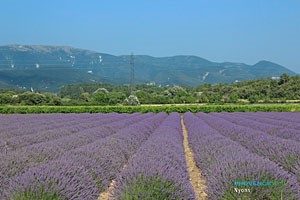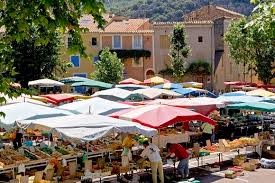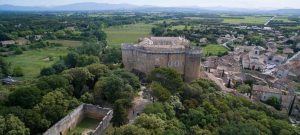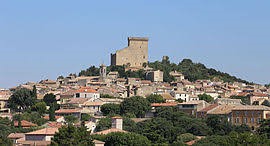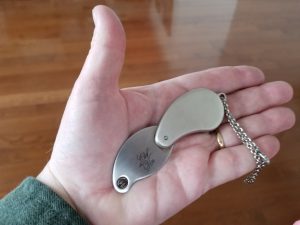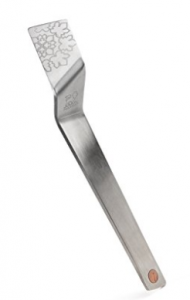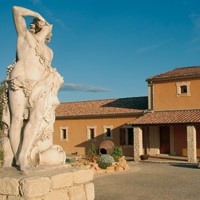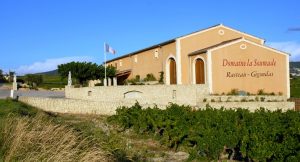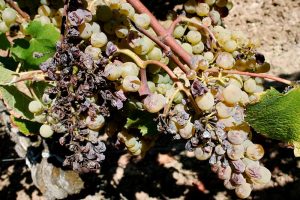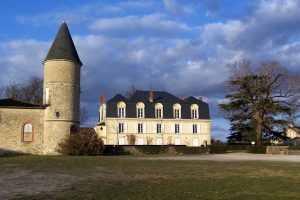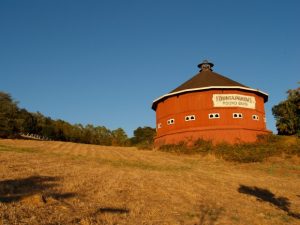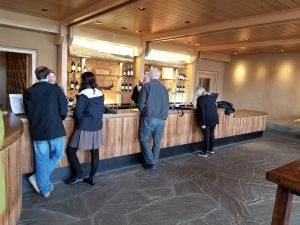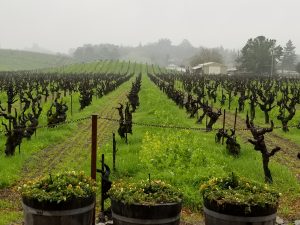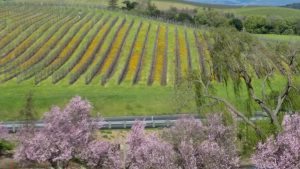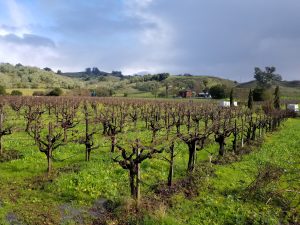The Oxbow Public Market’s (http://oxbowpublicmarket.com/) name comes from the shape of the Napa River. The course of a river may encounter an obstruction, causing the river to bend in a U-shape around it. This creates a widening of the river, effectively a lake. This is called an oxbow, because it resembles the U-shaped yolk placed around the necks of oxen. Such an oxbow occurs in the Napa River, at the town of Napa and this is where they have erected the Oxbow Public Market.
It is various things for different people: a place to buy food and wine, a tourist attraction and a site for casual and slightly more formal dining. It is a truth universally acknowledged that a person who loves good wine loves good food as well, so the Oxbow Public market has become quite a magnet for those who take a little time away from wineries to venture into town. As the weekends can be awfully crowded on Route 29 and the Silverado Trail, Napa Valley visitors might find it a good idea to visit Napa instead, making the market quite an attractive stop.
For one thing, the views over the oxbow are quite beautiful. As you cross the First Street bridge approaching the market, you see the broadening of the river, and the buildings alongside it. It is a particularly attractive view at sunset.
The Napa River oxbow. Photo courtesy of the Iron Pig.
The interior of the market is a mix of kiosks and booths hosting purveyors of fruits, vegetables, sausages, wines, books, ground coffee, bread and spices. Local people actually do shop there, but a great number of the people you’ll find in the Oxbow Public Market are tourists. Of course, the same can be said of New York’s Chelsea Market, Seattle’s Pike Street Market or Victor Hugo Market in Toulouse, France, Barcelona’s La Boqueria, or other urban markets around the world. For the visitors, ice cream, hamburgers, chocolates, cupcakes and pizza are available.
The interior of the Oxbow Public Market. Photo courtesy of Madison Marquette.
Then again, if you’re a real foodie (and most wine lovers are, so we’ve observed) you like looking at the food available in any city you’re visiting, even if you don’t have a kitchen nearby to cook it in. It is certainly something we do in our travels. If nothing else, seeing all the culinary bounty fires up the appetite. When that occurs, there are restaurants in the market as well.
Of course, there are many restaurants in Napa outside the market, some of them quite good. The point is, you don’t have to eat at the market but you can. Much like going wine tasting, it’s as much about the experience as the food itself. And in this case, the Oxbow Public Market is symbolic of the revival of Napa, which had been left behind as Yountville and St. Helena, up the highway a bit, became meccas for food lovers on a wine tasting vacation. Those are indeed great destinations, but the town of Napa should be included in your Napa Valley wine trips. And the Oxbow Public market is fine place to see when you’re in town.
